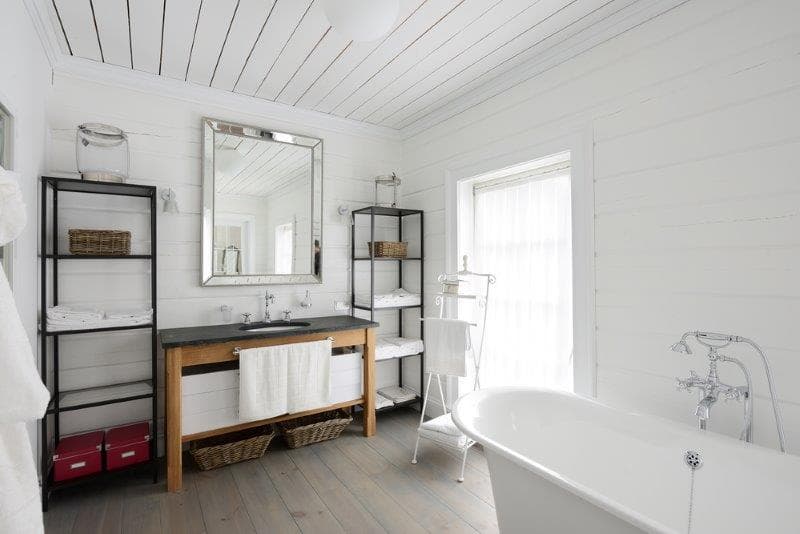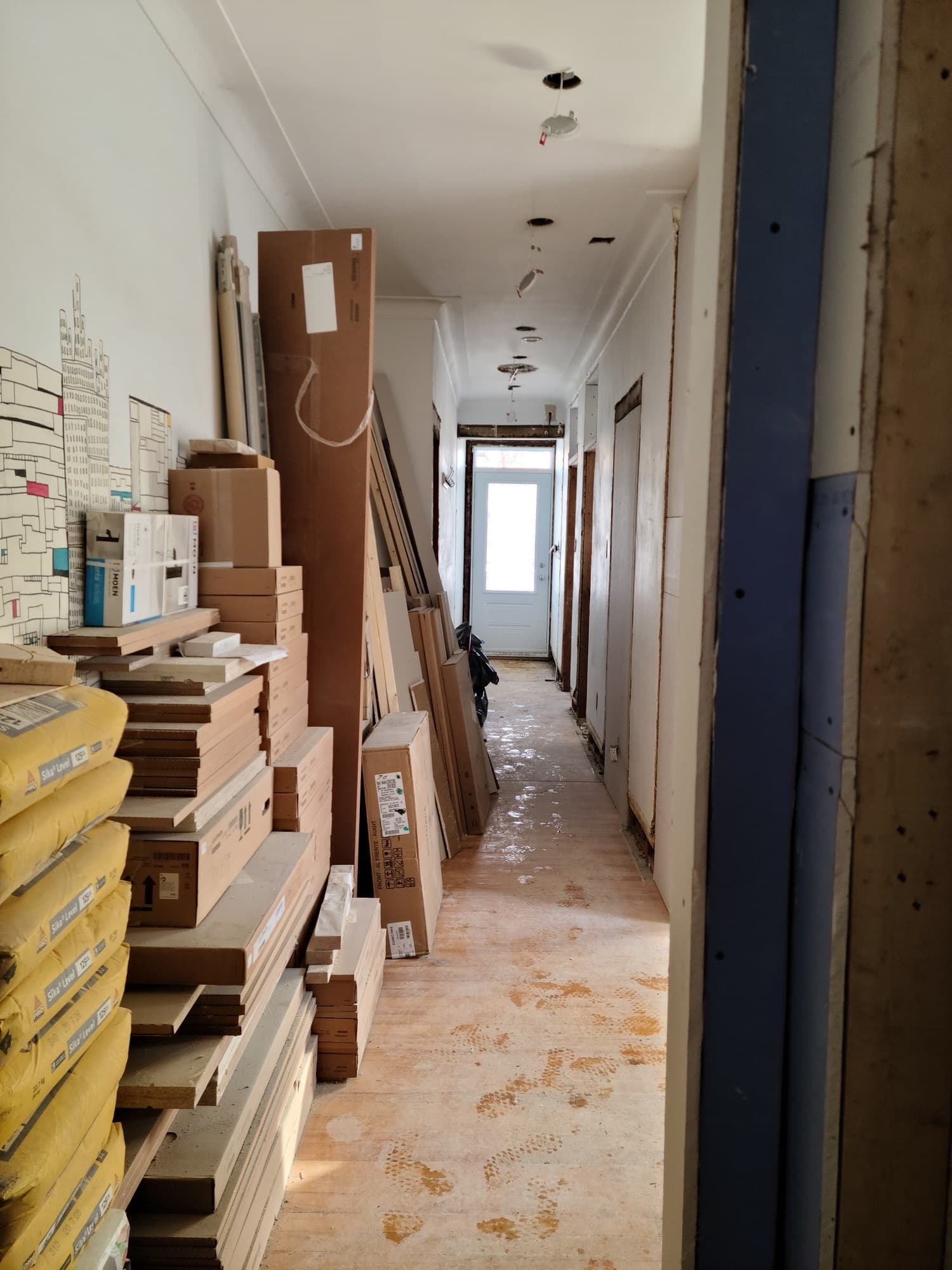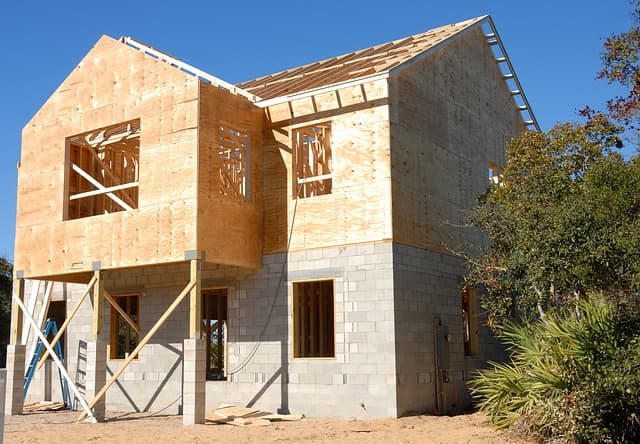What to do if bathroom tiles are swelling | Renovation Quotes
By Amanda Harvey
Updated on November 7, 2023

It’s likely that almost every morning and every evening, you find yourself in your home’s bathroom. Whether you’re brushing your teeth, taking a bath or helping your children get washed up before bed, this room is integral. With all this activity and moisture, it’s not surprising that your bathroom surfaces can easily deteriorate. If your bathroom is tiled and you’ve noticed signs of swelling; how can you remedy this situation?
The issue of rotting, cracking, buckling and swelling tiles is common but should be dealt with immediate care and attention. So, if you’re confronted with moving, shrinking or expanding tiles, we’re here to offer some solutions that might assist you in getting things back on track.
Here’s what to do if bathroom tiles are swelling!

Your tiles are swelling: why?
Movement in the structure of a home is normal. Our earth and its substrates are constantly shifting and can cause the surfaces and materials of your house to do the same. The most likely reason your bathroom tiles are moving is due to the amount of moisture in this room. Tiles are porous and therefore, as time passes, they will absorb all of the excess moisture in the room and begin to grow in size as a result. There are a few other common reasons why your tiles are swelling and they are as follows:
Floor expansion: Unfortunately, the material of the floor below your tiles is likely even more porous than tile and as we mentioned, it’s common for the surfaces of your home to move. This includes your bathroom floor, shifting the tile along with it. Shrinking is another common issue, especially if there is concrete present underfoot. The combination of the moving substrate and the porous under flooring could mean your tiles are swelling as a result of the floor itself. We will discuss how to deal with this specific issue in the next section of the article.
Old tile: If you found some discounted or second-hand tiles, chances are they could be brittle. Older, brittle tiles may release dust and this dust affects the bonding agents through which tiles are secured to the floor. With the presence of excess humidity in the room, the bond between floor and tile will be even further compromised. It’s always best to start with new, clean tiles in any renovation project.
Poor quality bonding material: The mastic, also known as bonding material, will be material-specific and if you happen to use the wrong one, this can easily lead to problems including bulging tile. Be certain that the mastic you’ve chosen is the right one and carefully follow preparation as well as application instructions.
Tiles not set correctly: If your tiles haven’t been carefully laid, then there is a good chance they’ll begin to swell away from the subflooring. If you’ve installed your tiles but find trowel lines to be visible following, then this points to the fact that a bond was never created during the installation process.
Solutions for swelling bathroom tiles

The way that you deal with swelling ceramic tile will definitely come down to what the problem is in the first place. It may be difficult to determine at first, but spend a little bit of time trying to figure out what caused the issue initially. If you have found that your tiles or the floor beneath them are swelling due to shrinking and expansion, then you’ll need to remove tiles and leave a perimeter expansion joint that follows the outside of the room.
What this means is creating a gap between the final tile and your walls, and this row should also contain no grout. In place of grout, you’ll need to fill the perimeter with a caulk specifically for expansion joints or look for one that is 100% silicone. In some cases, this may not remedy the situation and thus, it is always recommended to work with a professional especially when it comes to jobs which require delicate attention to detail.
Another solution would be to completely remove all tiles from the floor, especially if the problem is due to the improper laying of tiles or a buildup of moisture underneath. This may be necessary in the case of excessive swelling, as it will be difficult to replace a small area since doing so may lead to a finished surface that is uneven. Do bear in mind that if you are working with larger tiles, they need to be pressed down with a wooden object in order to properly adhere, otherwise you may find they buckle away from the subflooring.
After you’ve completed your new tile install, it’s important to try and keep moisture levels in your bathroom under control. Moisture buildup and humidity in all rooms of your home can lead to several problems including mould and mildew growth as well as the deterioration of surfaces such as subfloors, walls, and ceilings. But this is especially true in the bathroom. Take these measures as early as possible so your tiles have a better chance of staying put.
For further tips on how to maintain tiles, take a look at our article on the subject!
Get 3 renovation quotes for your bathroom tile project
RenoQuotes.com can help you get quotes for your bathroom tile renovation project. If you submit your project to us, we’ll put you in contact with top-rated contractors. Fill in the form on the homepage (it only takes a few minutes), and you will get estimates from trusted professionals.
Dial 1-844 828-1588 to speak with one of our customer service representatives
Looking for something else?
Related articles
The latest industry news, interviews, technologies, and resources.

Editorial Team
•07 Nov 2023
In the middle of winter or even the early days of spring, who doesn't enjoy a long, hot shower to warm up before heading out the door? Even though a hot shower feels great, unfortunately, your bathroom doesn't share the sentiment.

Editorial Team
•07 Nov 2023
It shouldn’t be surprising that the bathroom is almost always the smallest space in the home. Even if you’ve been blessed with a big bathroom, this room needs to accompany plenty of competing features.

Editorial Team
•17 Feb 2025
It’s no secret that renovations and home improvements create tremendous strain and require patience. A renovation project will inevitably involve frustrations and conflicts, there's no way around it.

Editorial Team
•24 Jul 2024
If your house’s foundation or frame was built years ago, chances are, either one may be nearing the end of its service life. The weakening of your home’s structural integrity can manifest as corroding steel, cracking concrete, and spalling.

Editorial Team
•07 Nov 2023
If you’re living in a mobile home or you’re in possession of one for traveling, chances are you're already well aware of the benefits. A mobile home is a dream for nomads, travelers, and all those in between. If you’re one of the lucky ones who has access to a mobile home, you may feel a little bit stunned by the size of the structure.